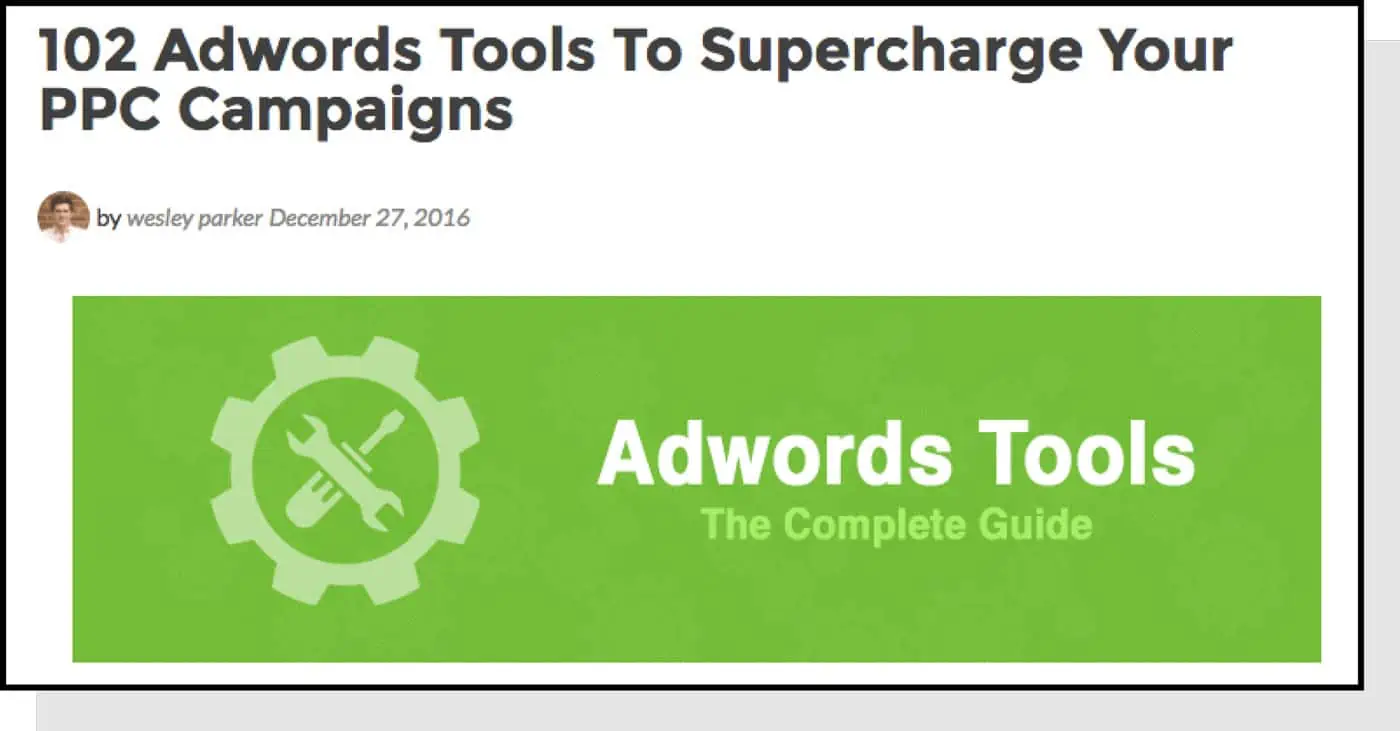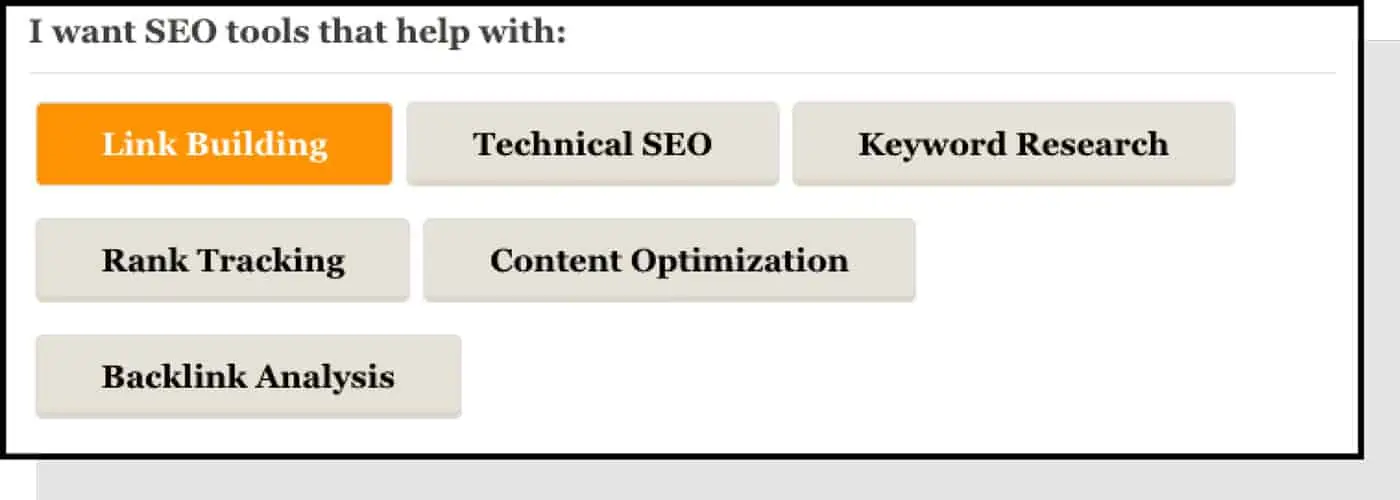We’re going on five years since Brian Dean originally popularized the Skyscraper Technique, and since that time, it has received its fair share of controversy and vitriol.
On the other side, though, people have also achieved great success and traffic growth utilizing it.
The reason behind these two diverging modes of thought likely comes down to context, and not necessarily the weakness of the technique. It’s more that the technique isn’t quite as simple as many would describe it: creating better content than content ranking, and then doing outreach to promote it and generate links to it.
If the Skyscraper Technique isn’t working for your site, don’t throw out this incredibly powerful tactic just yet.
In this post, I’ll break down why the technique might not be working for you and what you can do to fix it. But before we do that, let’s define the term for those who haven’t heard of it.
What is the Skyscraper Technique?
The Skyscraper Technique is a term popularized by Brian Dean that describes a method of “building the biggest skyscraper” or otherwise, biggest and best piece of content as a process of ranking well through Google, and then reaching out to the same people that linked to that other content as a process of generating links.
Here’s Brian’s TL;DR; three step description from the post:
- Find link-worthy content
- Make something even better
- Reach out to the right people
How Brian Defines it vs Perception
Re-reading Brian’s definition today, I can’t say that there’s anything off. What’s wrong, then, is how people interpret the definition.
The perception problem I encounter most often is with the word “better”. The thing is, better is a bit subjective. Some people think better means different things. Unfortunately, data tells the real story, and some people’s opinion of what’s actually better is wrong.
Better Does Not Equal Bigger
One of the most common misapplications I see of this technique is that bigger equals better. That is, if they see a result with 25 ideas, they think should list 26. This, in their mind, will give them a clickthrough-rate and content-length advantage that will result in ranking rewards from an engagement perspective.
Unfortunately, it’s rarely this simple, and every topic has a breaking point.
For example, let’s look at the topic “Adwords tools”. Our friends at Clickteq made a post targeting 102 different tools.
Unfortunately, this is the kind of result that has limits, because there are a finite number of actually valuable tools to use. You could list every tool known to man, but you’d actually become less and less valuable with every tool added. That would make the user sort through thousands of different options, putting you further and further away from the optimal result.
As it turns out, good curation is not just for social media: it’s for SEO-driven content, too.
In this situation, most users want the most effective tools, and they want them handed to them without needing to think. This means getting the opinion in a well-curated package, from an authority they can trust.
In mathematical terms, this means this topic is reserved for those who can create something solid and punchy on a high authority, topically relevant domain.
Clicteq did a solid job despite the high number, but the results show that most people would rather get the must-haves handed to them in a smaller, more effective package. At the time of this writing there are three blog posts in the top ten, all with 15 or less results.
And not suprisingly, it didn’t work and that post no longer exists today.
The hero of our story, Brian Dean, also has a similar post on SEO tools. It has a massive number also (177), and he does a good job using interactive filters to allow for “micro-curation” to quickly match you to what you might be looking for specifically. In addition, he also notes his own authoritative picks.
Brian’s ranking pretty well with this post — surely a lot of it has to do with his high domain authority and 1,200 links at the time of this writing. Despite this, though, posts that likely took 1/50th the time his post did are also ranking well. Posts with 27, 15 and 45 results respectively, and each with a lot fewer links.
Long story short is that I think Brian could have ranked pretty dang well even without doing this, and in many ways may have met the query intent even better. And if you look at many other “tools” SERPS, such as this, this or this, you’ll see the same story.
The answer in this situation is not to create the most amazing tool post ever: it’s likely that you should build domain authority elsewhere and come back to fight another day.
It’s not that doing something like Brian did can’t have a lot of success: it did. But even then, with Brian’s industry reputation and 1,200 links, he still isn’t ranking position one. For most, it’s quite likely the marginal benefit of doing something like this does not outweigh other opportunities available.
On this topic, and many like it, people want curation. They want quick answers. There’s a threshold area where each content creator must apply discretion.
The creator should give people options while also applying expertise, choosing content that’s there not just to add another result, but to actually add value.
The people who do the Skyscraper Technique incorrectly add another result because it adds another digit. The people who do it right add another result because it adds value to the post.
Better Does Not Occur in a Branding Vacuum
The second most common mistake people make is to assume content is judged simply on the basis of its own quality: not who it comes from. To assume this is a fatal flaw in this strategy, and many others like it… but people keep making it.
10x content is great, but if searcher satisfaction happens at 1x, you won’t beat the big brand who commands the first click. This is one reason we believe very strongly that 2x content performs better than 10x content.
It’s possible to write an absolutely amazing, A+ post that takes three months on greeting card etiquette that comes from your awesome, well-designed lifestyle blog. But when you’re up against Hallmark’s C+ post, you’ll lose.
An average searcher is going to click Hallmark and be satisfied. This means your lack of brand equity will come up short, and you won’t create a skyscraper. In the eyes of searcher, you’ll create the Leaning Tower of Pisa.
And this isn’t to say the searcher is wrong. Reputation is a qualitative factor that goes into content in the minds of the reader. It just takes years (and sometimes millions) to build it. Unfortunately, no skyscraper will allow you to leap that on certain topics.
10x Effort != 10x Value
Another problem many fail to realize is that putting 10x effort in does not mean 10x value comes out. For the same reasons users are often satisfied with a mediocre content piece from a brand, not every query deserves the most amazing parallax experience, original photography, high-quality video, or copy written by an acclaimed author.
On queries like “verbose definition”, you don’t need any of that: you just need a definition and a shred of credibility.
Even on queries somewhere between that and something worthy of complexity/elegance in design and UI, like a mortgage calculator, there are gaps where people take the query just a bit further than is really necessary.
It is in these gaps that the value created to the end user is negligible. It’s not that a user wouldn’t appreciate or care about a fun animated video defining verbose and walking you through iterations of its use: it’s just that the value difference to the end user is more like 1.01x versus 10x.
Think of it like a $100 bottle of wine given to someone who has only had a glass or two in their life: they won’t be able to discern a difference in quality no matter how elegantly you worked the grapes, so you would have really been better off serving them a 7-11 alternative versus wasting all that effort and cost in development.
Linkable Post != Topic Matching Post
The final and most erroneous, confusing piece of this strategy is when you build something that contains your keyword, generates a ton of links.. but doesn’t match the query.
An important thing you should never forget: the people who link to you in early stages aren’t in the same mindset of those that would be making that search when they actually need it.
They might have done that search at some point in their life… or be generally interested in the subject. That’s possible, and even likely. But they are not in that exact frame of mind when they get your pitch, or read your post through social or email distribution. These are two different psychological states, and they can sometimes result in content that’s highly linkable, but not necessarily topic matching.
This often means this content floats around and ranks OK, but never hits the engagement bullseye. It leaves SEOs confounded. The content still likely has benefit for its trickle-in traffic and domain authority boosting awesomeness, but it’s still not a great fit for the topic. It’s doing the concept wrong.
For example, this following, old advanced guide to SEO never ranked for the term it hoped to rank for, [SEO].
That’s because if you actually look at the search result, you’ll see the disconnect. Users want beginners guides, not advanced ones.
That’s not to say the above examples wasn’t valuable for reasons outside of ranking #1. It generated a ton of links, and served as a great resource for QuickSprout.
However, if judged solely on the validity of the Skyscraper Technique, they may be the wrong content to point to. Not every piece of content’s goal is to rank #1, even if it can rank well overall.
Skyscraper Technique: Yay or Nay?
The answer is a resounding yay. The technique works, and it’s the foundation of our content marketing services.
However, it doesn’t always map to every piece of content you create.
Sometimes, content strategy means truly matching the topic won’t make sense (try pitching a luxury brand on a roundup post with 50+ results). Yet, it can still have value from a link development/social/ancillary traffic perspective, even if it doesn’t dominate the search results.
And sometimes, a consistent and effective blog strategy means it’s just not feasible to do this with frequency.
We used this strategy on our own blog in early days: it caused us to rarely post. If your market analysis tells you people want to hear from you daily or even weekly (see: news), you aren’t building many skyscrapers.
Like the name states: it’s a technique. A valuable technique in any toolkit, but one many can misapply if incorrectly assessed. Think it through, have the self-awareness to know what you can’t rank for, and understand up front when you might not be a great topical fit.
Those recommendations, applied in addition to this technique, can result in the growth Brian and others frequently observe with this approach.












